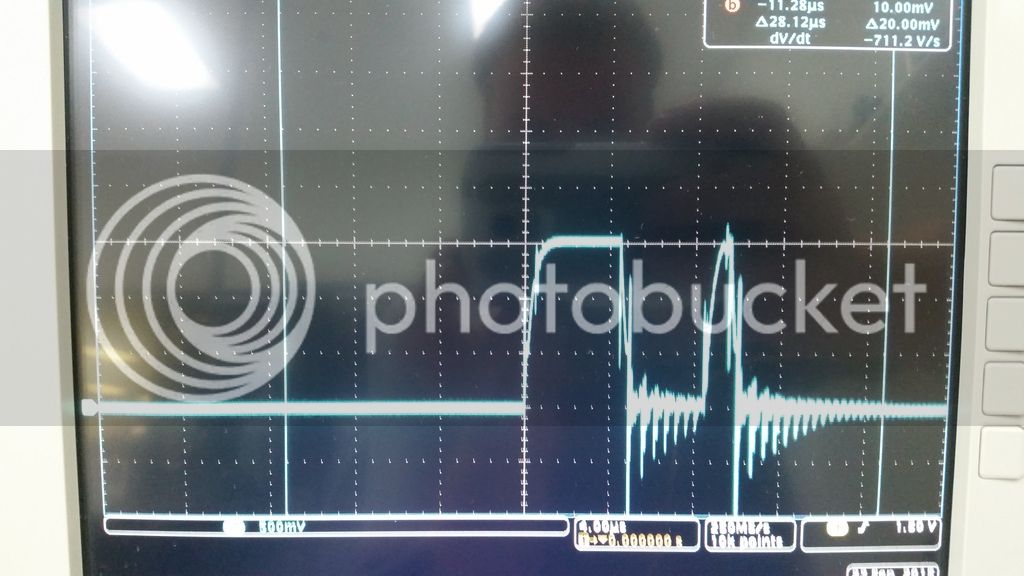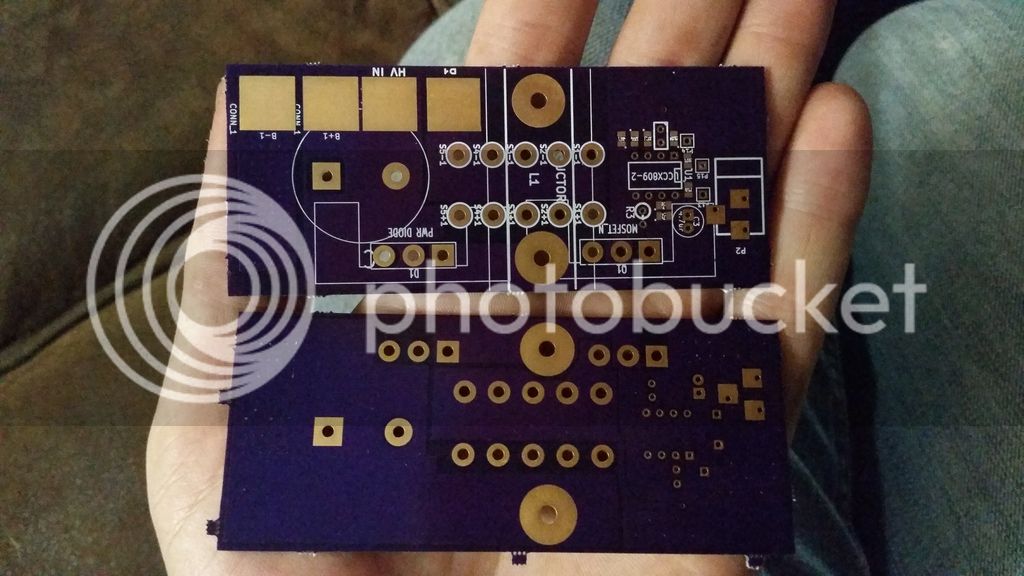Arlo1 said:Older 2013&2014 zero stuff is 1c charge rate and less with a cold battery. Not sure about 2015 or any of the other cells they have used.peters said:Ok, I see. And there is the max. charge current recommendation in the battery datasheet. The peak or the average (or RMS) current should be limited to it?liveforphysics said:Ripple current isn't a bad thing to the batteries. Think of them as massive filter capacitors.
If the average is set to the max then the pulses at the PWM frequency are above the recommended charge current (can be multiple of that with a low voltage-high current power supply), can't it generate some unwanted reaction inside the battery?
Yeah, but the question is if the charge current is PWM then the peak should be limited to 1C or the average (then the peak is more, sometimes even 2C..3C)?








